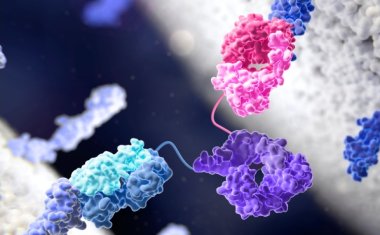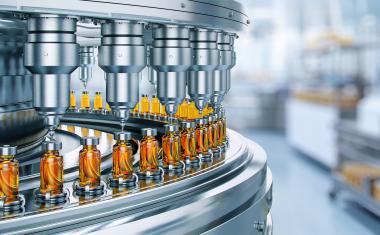Shell Invests $100 Million in Russia Lubricants Plant
Royal Dutch Shell launched construction of a $100 million lubricant blending plant, the first to be built by an international oil company in Russia. The plant in Torzhok, about 230 km (143 miles) northwest of Moscow, will have capacity of 200 million litres a year (about 180,000 tons), making it one of the largest in Shell's network worldwide, the company said in a statement. Commercial operations are expected to begin by the end of 2010. Shell will supply the Russian market with motor oils, transport oils and industrial lubricants.
Chris Finlayson, country head for Shell in Russia, said the Russian market was the world's third-biggest for lubricants after the U.S. and China. He said he expected the Russian economy to recover after it fell this year into its first recession in a decade. "You don't make major investments like this for one year. You make them for decades and we are confident in the future of the Russian economy," Finlayson told reporters at a ceremony to launch construction of the plant. He said the plant would employ 600 people in the construction phase and 150 after commercial operations begin.















